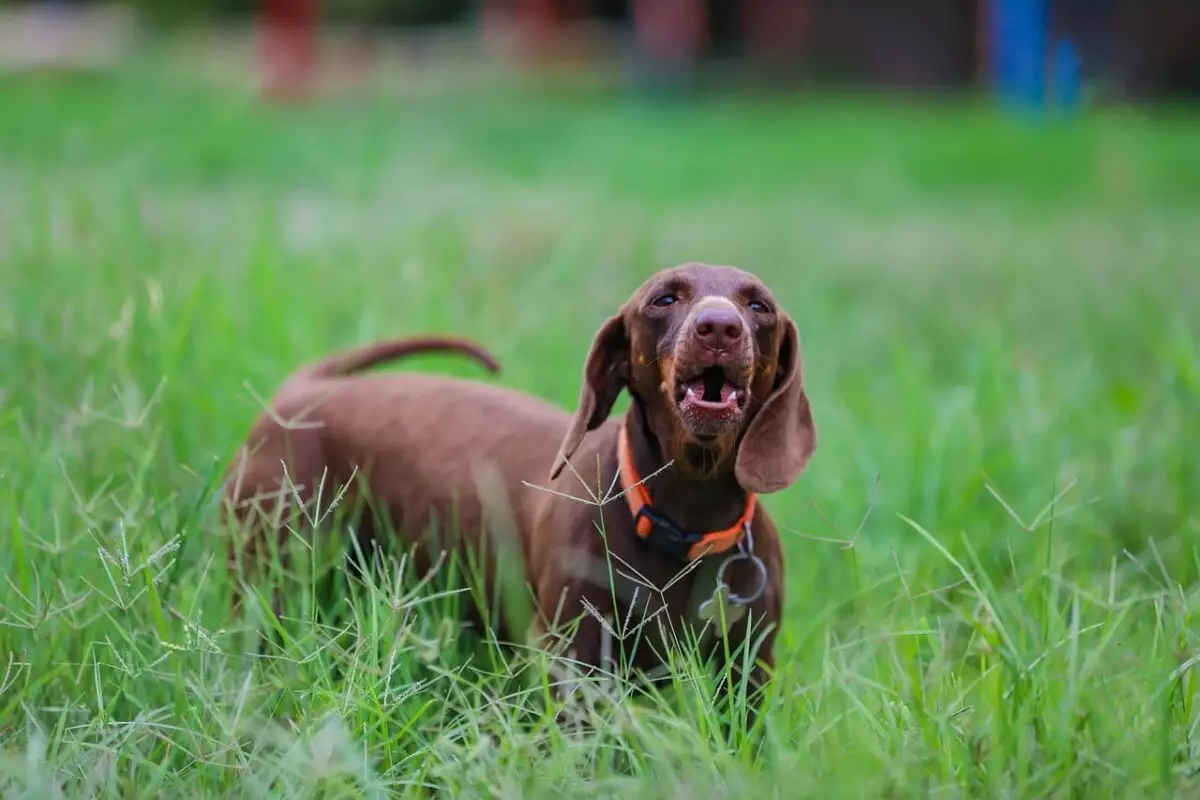Dogs are widely cherished for their companionship, but among the many breeds, some possess a distinctive characteristic—vocalization. These vocal canines are not merely expressing themselves; they are engaging actively and communicating with their environment. Understanding the nature of these breeds, their vocal tendencies, and the implications of having such a pet is crucial for potential dog owners who desire a lively and interactive relationship with their furry friends.
The Charming Communicators: An Overview
Vocal dogs exhibit a range of sounds, from barking and howling to whining and even grumbling, to express their emotions and needs. This vocalization often stems from various innate traits like hunting instincts, herding capabilities, or protective behaviors. Potential owners should be ready to acknowledge and embrace these vocal nuances, as they can vary significantly from breed to breed. For instance, dog breeds such as Siberian Huskies and Beagles not only bark but seem to engage in conversations that reflect their instincts—Huskies howling at the moon or Beagles letting out their distinctive bays when tracking scents.
Highlights of Popular Vocal Breeds
Among the stars of the vocal dog world are the Siberian Husky and the Alaskan Malamute. These breeds are known for their wolf-like appearance and penchant for howling. Huskies, in particular, are vocal explorers who use howls, yips, and even “talking” sounds to express excitement, making them an engaging and entertaining addition to any household. At the same time, their versatility in vocalization allows them to forge deeper bonds with their owners through what seems to be quasi-conversations, creating a fascinating dynamic.
Similarly, Beagles, with their small stature and big bay, are born communicators who combine their hunting instincts with vocal expression, turning every bark into a narration of their discoveries. These dogs bring an energetic flair to their vocal activities, delighting their owners with their enthusiasm.
Unexpected Stars: Small Breeds with Big Voices
Typically, larger breeds are regarded as the vocal heavyweights, but one should not underestimate smaller breeds. Dachshunds, for example, come equipped with surprisingly loud barks for their size. Their propensity to bark at threats—real or imagined—demonstrates a fearless personality that belies their diminutive stature. A potential owner of a Dachshund should be prepared for sporadic outbursts, particularly when they feel the need to defend their territory.
Chihuahuas are another small breed that proves size is no indicator of vocalization strength. Known for their feisty demeanor, these pint-sized pups can bark loudly and frequently, taking their watchdog role very seriously. Their protective instincts make them excellent companions, though their alert natures can create a noisy home environment.
Vocalizations serve a multifaceted purpose for dogs. Beyond alerting their owners or expressing excitement, vocal behaviors can indicate emotional states. Samoyeds well illustrate this aspect as they combine barking with a range of sounds to communicate their feelings, from joy to discontent. Their sparkle and friendliness make them highly expressive, ensuring their options for communication are as vibrant as their personalities.
In contrast, gentle giants like Bloodhounds offer heavy-sounding vocalizations that hint at their working backgrounds. Their melodious howls may echo through a forest while tracking, yet they strongly desire to engage with their owners in playful vocal exchanges.
While vocal dogs can bring an element of fun and engagement to a home, it is also crucial for prospective owners to reflect on their lifestyle before selecting a breed. Noise tolerance varies significantly; owners seeking tranquility might find the constant chatter of vocal breeds a challenge. Social interaction, excitement, and the robust spirit of these dogs can lead to a vibrant household but may sometimes disrupt quiet moments.
Furthermore, understanding that different breeds vocalize differently adds layers to the ownership experience. Breeds like Shetland Sheepdogs and Coonhounds may bellow or make unique sounds that resonate through houses, adding to the soundscape of daily life. Those who appreciate the sound of a lively home will find a wonderful companion in these vocally inclined breeds.
For dog lovers who seek an active and communicative companion, vocal breeds present an engaging option. Their expressive nature adds an enriched layer to the dog-owner relationship, filled with interactions and delightful chaos. Embracing the noise these dogs bring along with their charms can make every day a little more exciting, ensuring that life with them is anything but dull. Just be prepared with affection, patience, and perhaps an understanding that the volume level will sometimes rise—bringing along cherished memories and vocal snippets of companionship that echo long past the moment.

